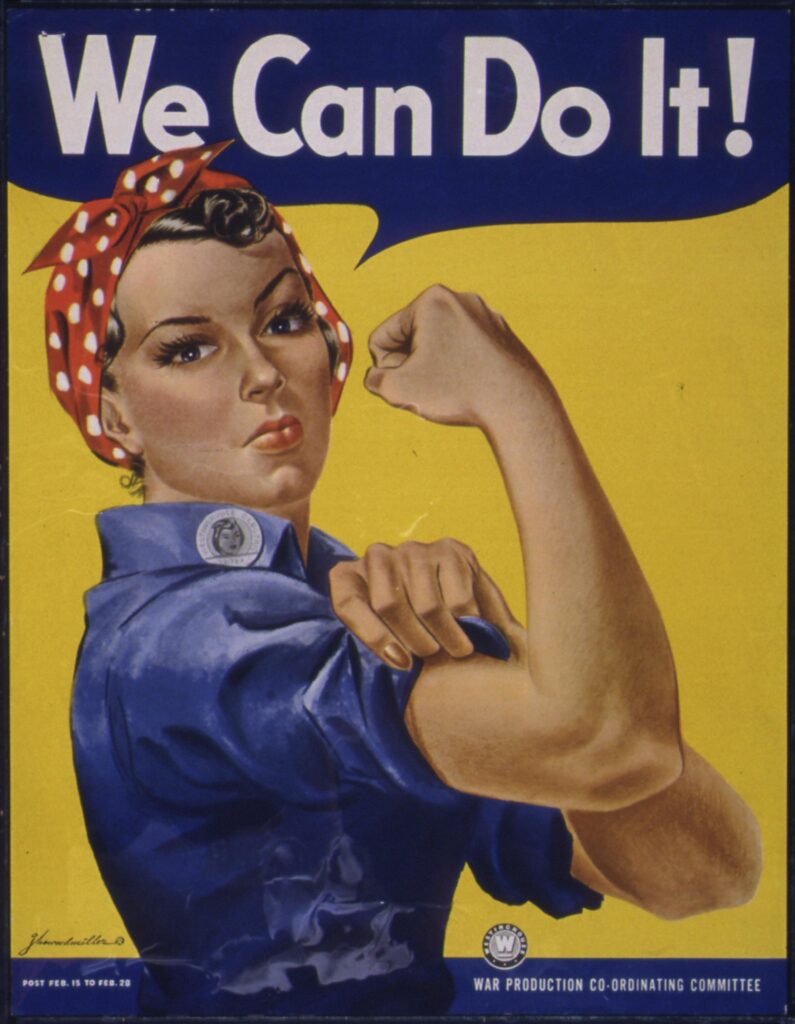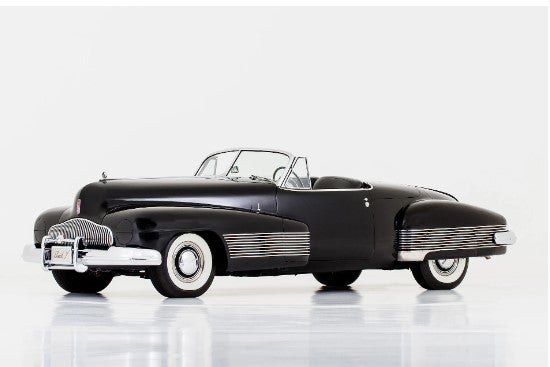Anyone even remotely interested in the history of automotive styling knows the name Harley Earl and his most famous creation, the Buick Y-Job; it was a car vastly ahead of its time and it was never intended for production.
By 1938, the grips of the Great Depression were easing in many sectors, but the nascent car industry had been decimated. According to Hagerty, scores of once popular brands such as Pierce-Arrow, Duesenberg and Stutz had shuttered and the once new and exciting Ford Model A had long since vanished from the scene.
While the “Big Three” managed to weather the Depression, along with a handful of independent car makers, they were far from being out of the woods. According to Hemmings, Ford’s workforce had dwindled from having 128,000 people in the spring of 1929 and by August 1931 only 37,000 remained.
Prior to the Depression, automakers could drive foot traffic into showrooms by introducing little gimmicks with each model year, but that would no longer be the case in the Depression economy. Just having an air-conditioned network of car dealerships was not enough to move cars anymore.
Automakers were also leery about introducing models that pushed the technology envelope too far, as Chrysler did with the 1934 Airflow.
What Earl wanted was a dream car, the true car-of-the-future devoid of gimmicks.
Long before the term “halo car” was coined, Earl thought he had found a way to drive customers into his showrooms by developing a car he had no intention of ever actually selling.
Earl and his team threw out conventional wisdom of the era and did away with outboard lights, running boards, stodgy grills and sharp corners in favor of a sleek, low-hung design. Earl’s team created a suspension system that lowered the car’s stance and used 13-inch tires instead of the standard 16 inches giving the 17-foot-long, two-seater car a sleek appearance.
The Buick Y-Job was the first concept car to fully embrace aeronautical cues into the design. The hood ornament mirrored the gun sights of fighter planes being developed at the time and even the designation of “Y” was a nod to fighter plane technology.
Under the hood, the car contained no advanced leaps in technology. It sported the same 320.2-cu.in. inline eight-cylinder engine, rated at 141 horsepower and 269 pound-feet of torque as the other Buick models; but performance wasn’t the point.
The car was designed to be an understated Art Deco masterpiece, and it was.

Unlike other concepts of the time that never made it past the clay model stage, the Y-Job was actually a working vehicle and would be Harley Earl’s daily driver for almost a decade.
However, the Y-Job would not have the immediate impact that Earl had hoped for as World War II loomed on the horizon and factories were faced with retooling to support a nation at war.
The only reason why people were swarming showrooms was because they feared wartime scarcity and were not wooed in by a car that was far out of their price range.
It was barely a year after the Y-Job prototype was finished that Hitler’s German forces invaded Poland, igniting World War II.
Earl’s creation spent much of the 1940s ensconced in his garage, instead of making the rounds of car shows; but the car was by-no-means a failure. Many of the designs that would emerge in the 1950s and beyond owe a credit to the Y-Job.
In fact, in my opinion, the Y-Job is the prototype for the cars we all drive today.
See you on the road!
Scott Hudson is the Senior Investigative Reporter and Editorial Page Editor for The Augusta Press. Reach him at scott@theaugustapress.com











